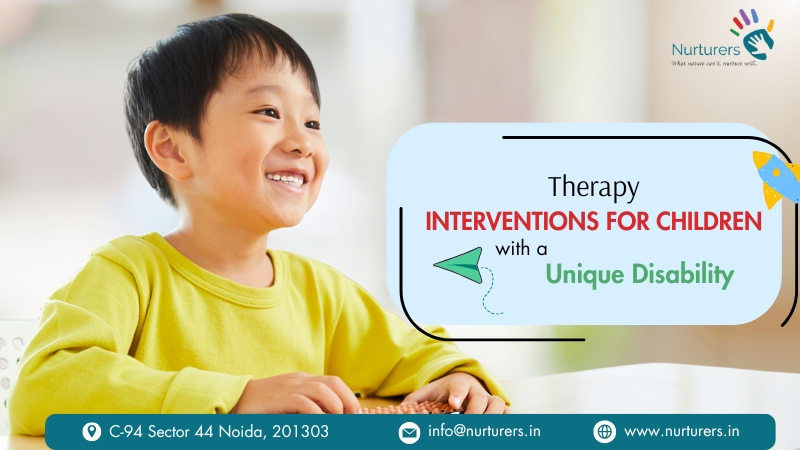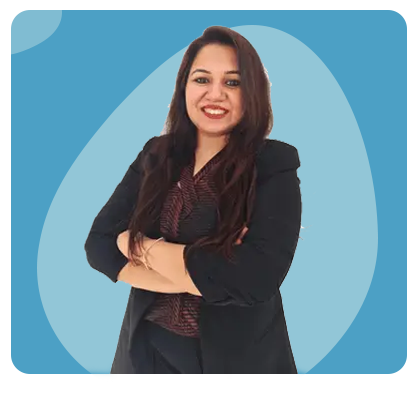Therapy interventions are essential in promoting the overall development, independence, and quality of life for children with a unique disability. Every child’s needs are different, and therapy plans are tailored to address their specific strengths, challenges, and goals. These interventions aim to support physical, cognitive, emotional, and social growth while reducing barriers that may limit participation in daily activities. Early and consistent therapy has been shown to make a significant difference, helping children build essential life skills, improve confidence, and develop greater independence.
Depending on the child’s unique profile, interventions may include speech and language therapy to improve communication, occupational therapy to enhance sensory processing and daily living skills, physiotherapy to strengthen coordination and mobility, and behavioural therapy to encourage positive social interactions and adaptive behaviours. When delivered with compassion and consistency, these therapies not only aid in skill development but also foster a sense of belonging and empowerment, enabling children to thrive in school, home, and community settings.
What is Unique Disability?
If you’ve searched online for what is Unique Disability, you’ve likely seen varied definitions. At its core, the term describes a child’s distinct profile of abilities and challenges that doesn’t always fit neatly into one medical or educational category.
A Unique Disability could be:
- A combination of developmental delays and sensory differences
- A rare genetic condition with both physical and cognitive impacts
- An autism profile that is unlike typical patterns
- Overlapping diagnoses like ADHD with speech delays
In short, it means the child’s needs can’t be addressed with a “one-size-fits-all” approach—they require targeted, adaptable therapy strategies.
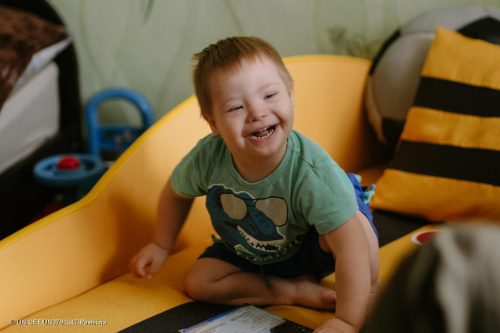
Early Identification and Holistic Assessment
The earlier a Unique Disability is recognised, the sooner tailored support can begin.
- Developmental History: Gather detailed information from parents or caregivers about early milestones, behaviours, and health.
- Observation Across Settings: See how the child functions at home, school, and in social environments.
- Standardised Testing: Use age-appropriate tools to assess motor skills, language, cognitive abilities, and sensory responses.
- Functional Assessments: Identify how the child manages daily life skills like dressing, eating, and communication.
This combination gives a full picture—not just of limitations, but also of strengths to build on.
Co-Creating Measurable, Family-Centred Goals
Families are the constant in a child’s life, so they must be part of setting therapy goals. For a child with a Unique Disability:
- Goals should be specific and functional (e.g., “Use two-word phrases to request help during mealtime” rather than “Improve speech”).
- Include both short-term wins for motivation and long-term targets for future independence.
- Make goals relevant to real life—focusing on skills that will help the child in school, at home, and in the community.
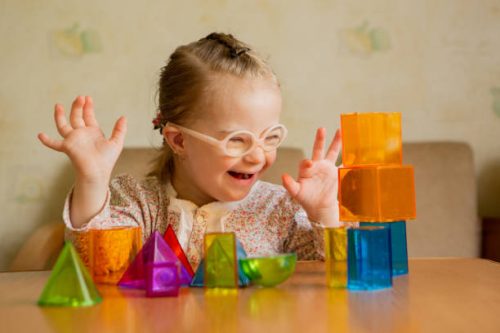
Building an Individualised Therapy Plan
A therapy plan should be as unique as the child it serves. Depending on the child’s profile, it may include:
- Speech and Language Therapy: Improving verbal and non-verbal communication.
- Occupational Therapy (OT): Enhancing sensory processing, fine motor skills, and daily living tasks.
- Physiotherapy: Strengthening muscles, coordination, and mobility.
- Behavioural Interventions: Using Applied Behaviour Analysis (ABA), positive behaviour support, or play-based methods to teach skills and reduce barriers.
- Special Education Strategies: Individualised teaching techniques and adapted learning materials.
Each therapy should complement the others, creating an integrated plan rather than separate, disconnected sessions.
Extending Therapy Into the Home
Therapy isn’t just what happens in a clinic—it’s also what happens at the dinner table, in the park, or during bedtime routines.
- Provide training for parents to practise skills in daily life.
- Use visual aids and cues to make instructions clear.
- Turn everyday moments into learning opportunities (e.g., counting steps while walking upstairs).
The home becomes a natural extension of therapy, making progress faster and more sustainable.
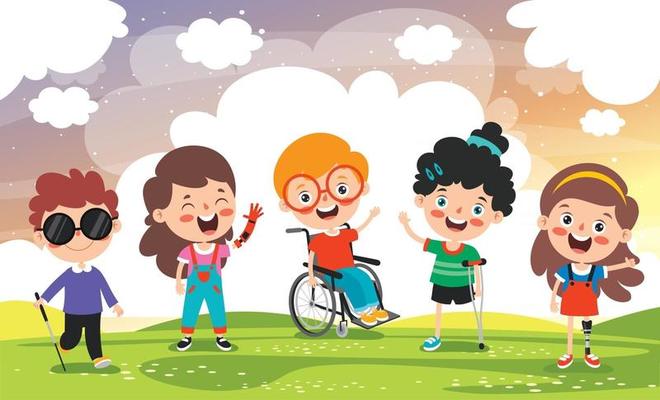
Adapting Environments for Better Engagement
Small changes in the environment can make a big difference for a child with a Unique Disability.
- Create sensory-friendly spaces with calm colours, minimal clutter, and soft lighting.
- Use visual schedules to prepare the child for daily transitions.
- Provide movement breaks to help with attention and self-regulation.
These adjustments reduce stress and increase participation, both at home and at school.
Incorporating Assistive Technology
For many children, technology is a gateway to communication and independence.
- Low-Tech Supports: Picture cards, communication boards, and tactile symbols.
- High-Tech Supports: Speech-generating devices, communication apps on tablets, and adapted keyboards.
- Customisation: Tools must match the child’s skill level, interests, and comfort.
Assistive technology should be integrated into daily life, not used as an occasional extra.
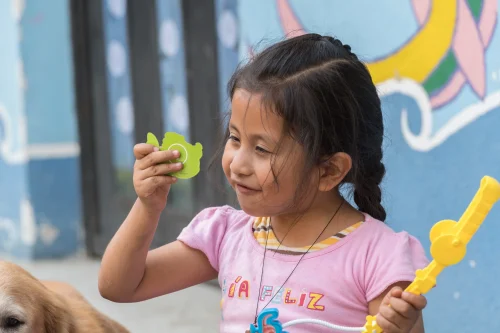
Partnering with Schools
Children spend much of their day at school, so aligning therapy goals with classroom strategies is essential.
- Work with teachers to implement Individualised Education Plans (IEPs).
- Suggest practical classroom accommodations—like alternative seating or simplified instructions.
- Ensure therapy progress is applied in academic and social settings.
Supporting Emotional Wellbeing and Behaviour
For a child with a Unique Disability, behaviour is often communication.
- Identify triggers for frustration or withdrawal.
- Teach emotional regulation strategies—deep breathing, sensory calming, or visual emotion charts.
- Use positive reinforcement to encourage desired behaviours.
This support builds resilience and self-control, leading to better participation in all activities.
Tracking Progress and Adjusting Plans
Therapy should evolve as the child grows and learns.
- Use data tracking—checklists, progress notes, and parent feedback.
- Celebrate every improvement, no matter how small.
Be ready to adapt strategies if something isn’t working.
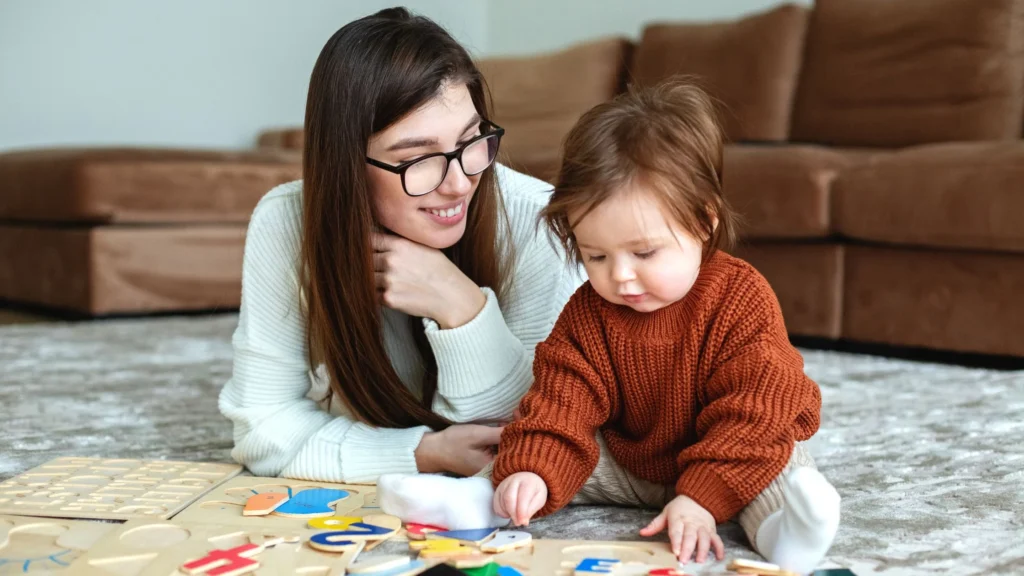
Preparing for Life Transitions
From starting school to moving into adolescence, transitions require preparation.
- Teach independence skills early—like self-care and decision-making.
- Gradually introduce new environments before big changes happen.
- Maintain a support network through every stage.
Empowering Parents and Caregivers
Parents are the most consistent advocates for their children.
- Offer training sessions on therapy techniques.
- Provide resources on legal rights and services for children with disabilities.
Connect families to support groups for shared experiences and advice.
Celebrating Progress and Identity
Therapy is about more than building skills—it’s about celebrating who the child is.
- Recognise milestones with positive feedback and rewards.
- Encourage hobbies and activities that reflect the child’s interests.
Promote inclusion in community events, sports, and social groups.
Conclusion
If you’ve been asking yourself what is Unique Disability and how therapy can help, the answer lies in a personalised, adaptable, and family-centred approach. At Nurturers, we combine expert assessment, targeted interventions, and strong family partnerships to help every child reach their fullest potential—because therapy works best when it’s as unique as the child it serves.
